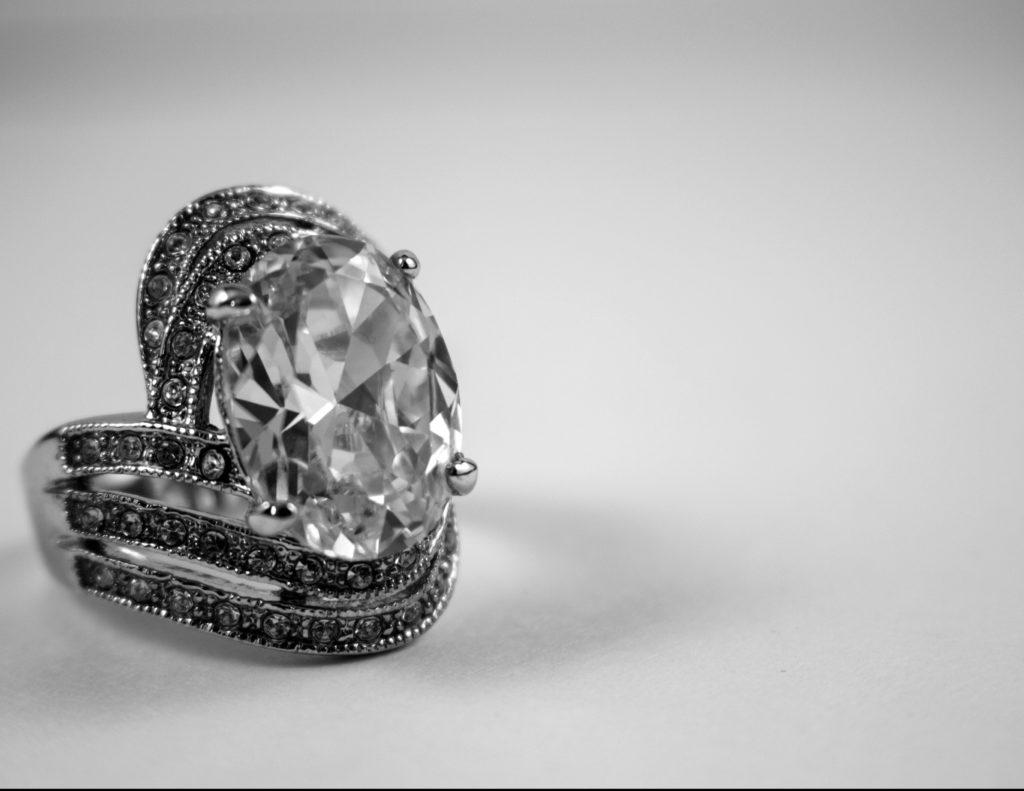Communicated Content – Silver is not just a commodity used as a store of value for investors or as beautifying jewelry for fashion lovers. White metal is an indispensable commodity in the energy, medicine, electronics, and even entertainment industry, among a barrage of others.
The commodity hit its all-time high of $48.70 in the late 1970s, tested this ceiling in 2011, and is currently valued at $22 in 2022. However, or more fortunately for investors, the precious metal’s increasing scarcity has experts predicting a very optimistic future for it.
Not everyone knows how exactly to exploit this promising market and we are here to help. This article provides you with all you need to know about trading silver, including
- Why silver is a great choice to trade
- The factors that influence the price of silver
- Methods of trading silver, and
- How to effectively benefit from the market through Silver CFDs. Let’s get right in.
Taking a Sneak Peek at Silver Trading
Silver trading is simply the buying and selling of silver or silver derivatives for profit. It is a practice separated from the culture of consumerism, where traders or investors purchase an interest in silver with the sole aim of selling this interest in the future. Traders do this with the hope that the value increases or, sometimes, decreases
Just like conventional investment practices, they also engage in short-term and long-term investments. However, regardless of how interchangeable the terms are, there is a seemingly identifiable difference between investing in silver and trading silver.
Investing in silver involves purchasing silver and having complete ownership of it. Trading silver, on the other hand, only involves taking positions in the silver market based on how others purchase/invest in it. Evidently, trading offers more flexibility than investing, but both of these have advantages of their own.
In the market, silver trading is represented with the symbol “YI” and the price for silver typically works closely with the price of gold. The silver market is open for trading six days a week (Sunday to Friday) with a one-hour break each day between 5 PM and 6 PM.
Is Silver Trading Worth it?
Silver trading presents you with a lot of advantages. Perhaps the most identifiable of these is the level of safety and stability it presents to investors and traders in times of financial turmoil.
The white metal is a commodity that isn’t tied to other asset classes like fiat currencies. It is a safe haven as it retains its independent value no matter what these currencies go through. Additionally, the consistent reduction in silver mining without a corresponding decrease in demand means prices are set to increase. This is an opportunity for investors.
Paradoxically, as much as it offers stability, silver is also a commodity with a lot of volatility. This volatility is enough for traders to make quick profits and the market offers a lot of ways to deal in silver and exploit it to its fullest.
How To Deal In Silver
To deal in silver, you either directly invest in it or indirectly trade it through its derivatives. These derivatives are called assets and give you a chance to own an extensively diversified portfolio.
Silver bullion is the first of these, representing the direct purchase of physical silver assets like silver bars and coins. The high cost of insurance and maintenance prevents investors from engaging in this method. Silver futures and options have become the better alternatives.
Future is a contract that obliges you to complete a deal at a future date. This contract strictly requires you to buy silver or sell silver at any market price it is at that time. This means making proper market forecasts before committing to it is crucial. Silver options replace this obligation with a right and give more freedom to either commit to the contract or pull out of it.
Silver Exchange Traded Funds (ETFs) are silver-based assets that offer you the most flexibility. This method of trading silver involves purchasing interests in the shares of mutuals or companies that deal in gold. The value of these shares mimics the price of silver because the companies are dependent on how well silver is performing in the market. Of the different instruments you can use in this type of trading, silver CFDs prove to offer the most advantage.
Trading In Silver CFDs
A silver contract for difference (CFD) is a contract between a trader and broker that aims to exploit the difference in the price of silver. This is the difference between when the trade was opened and when the trade was closed, and a CFD looks to make a profit off the rise or fall in the value of silver.
What’s more about CFDs is that brokers offer you, as a trader, leverage in the market. You may enter a trade with just 10% of the overall stake, helping to reduce your risk and increase your profit margin. This proves to be a great option for day traders looking to make quick profits off the market.
Understanding What Affects The Price Of Silver
The price of silver is majorly determined by its level of demand. As mentioned earlier, silver is a commodity that has a barrage of uses. In 2020 alone, over 800 million ounces of silver were used, with Industrial manufacturing accounting for 54% of this. An increase in this demand causes an increase in price and vice versa. However, this works with other factors.
As a safe haven, the state of the economy also plays a huge role in the price of silver is. During an economic crisis, silver and gold are typically the options used by investors to protect the value of their portfolios. This results in increased demand for the commodity and, resultantly, an increase in its price. Vice versa is the case during economic growth.
The US dollar has an indirect and inverse effect on the price of silver. When the Dollar strengthens, purchasing silver becomes easier. This causes an increase in its demand and eventual growth in price. If the dollar weakens, purchasing silver becomes difficult and the commodity either retains its value or loses it.
These are the factors that affect the price of silver. Additionally, you may also find it useful to know the peculiar relationship between silver and gold amongst investors.
Relationship Between Silver And Gold
Silver and gold are sister commodities existing as two of the most precious metals on earth. Gold is the more expensive of the two and the value-based relationship between them is typically represented by a ratio.
The ratio of value was fixed to a standard 15:1 until 1873 when the gold rush caused instabilities. Since then, there has not been a standard ratio. However, what do investors have to do with this?
Remember these two are safe havens for storing value. The higher the ratio, the cheaper silver is to buy. This means that in times of crisis, investors make use of the ratio to determine the cheaper haven to store value in. A high ratio means silver is the good option, and a low ratio means gold is relatively cheaper than normal and offers investors more value.
Is Silver Trade Worth It?
Looking at the diversity in portfolio and options you have in the silver market, silver trade is definitely worth it. However, you have to be careful when picking a method to deal with it.
Invest in silver if you want to capitalize on long-term gains, and exploit flexible trading methods if you are in it for short-term profits. Silver CFDs offer the most value in the market while the commodity’s value-based relationship with gold gives you an idea of the safer haven in times of economic turmoil. Trade silver wisely.








